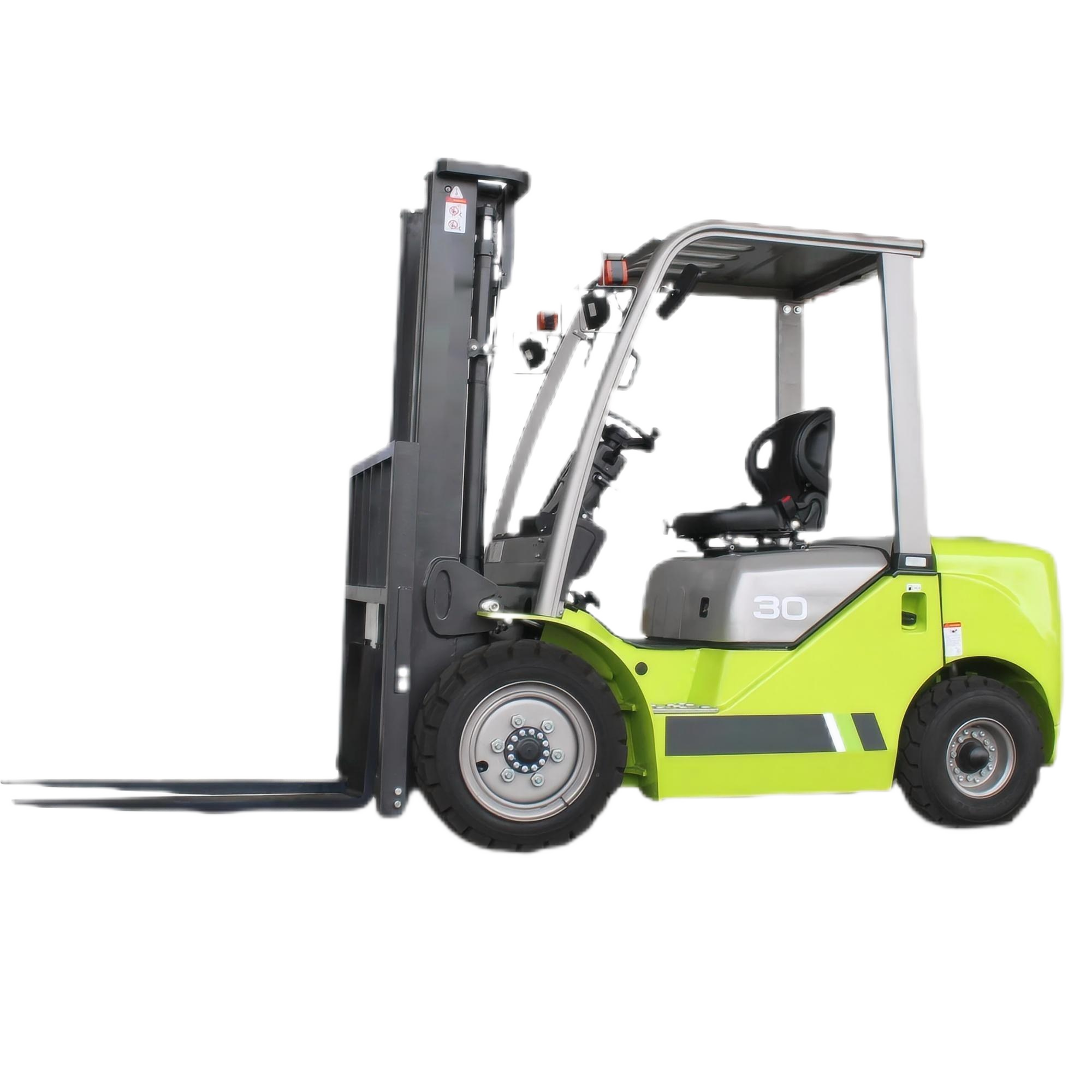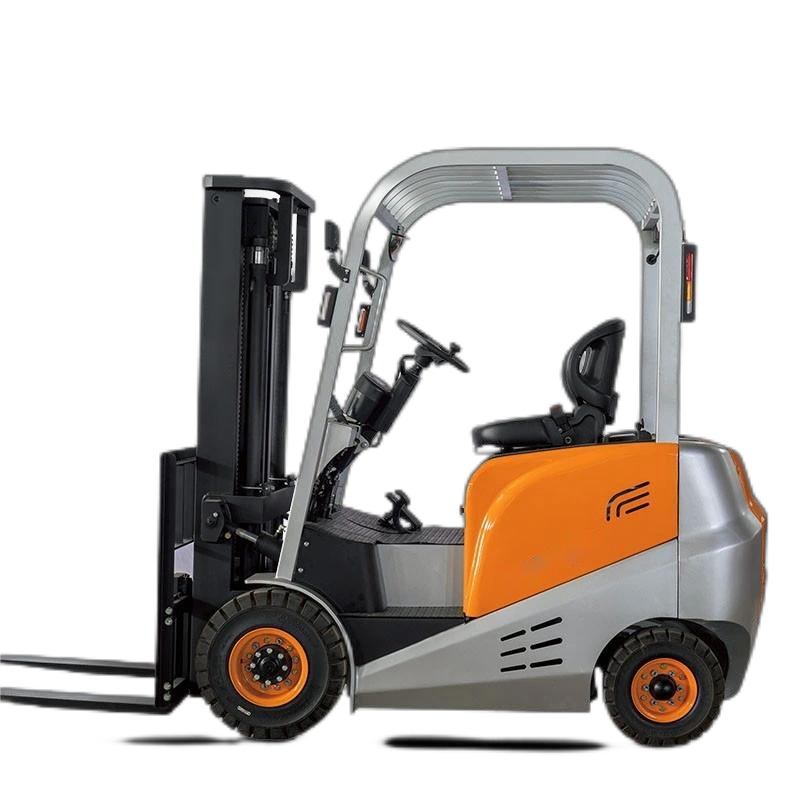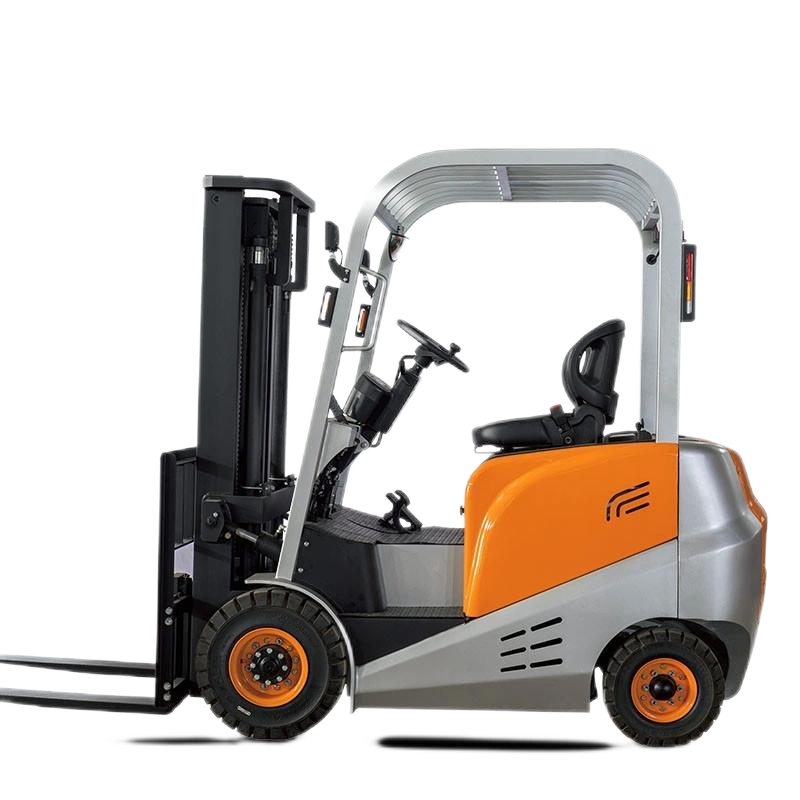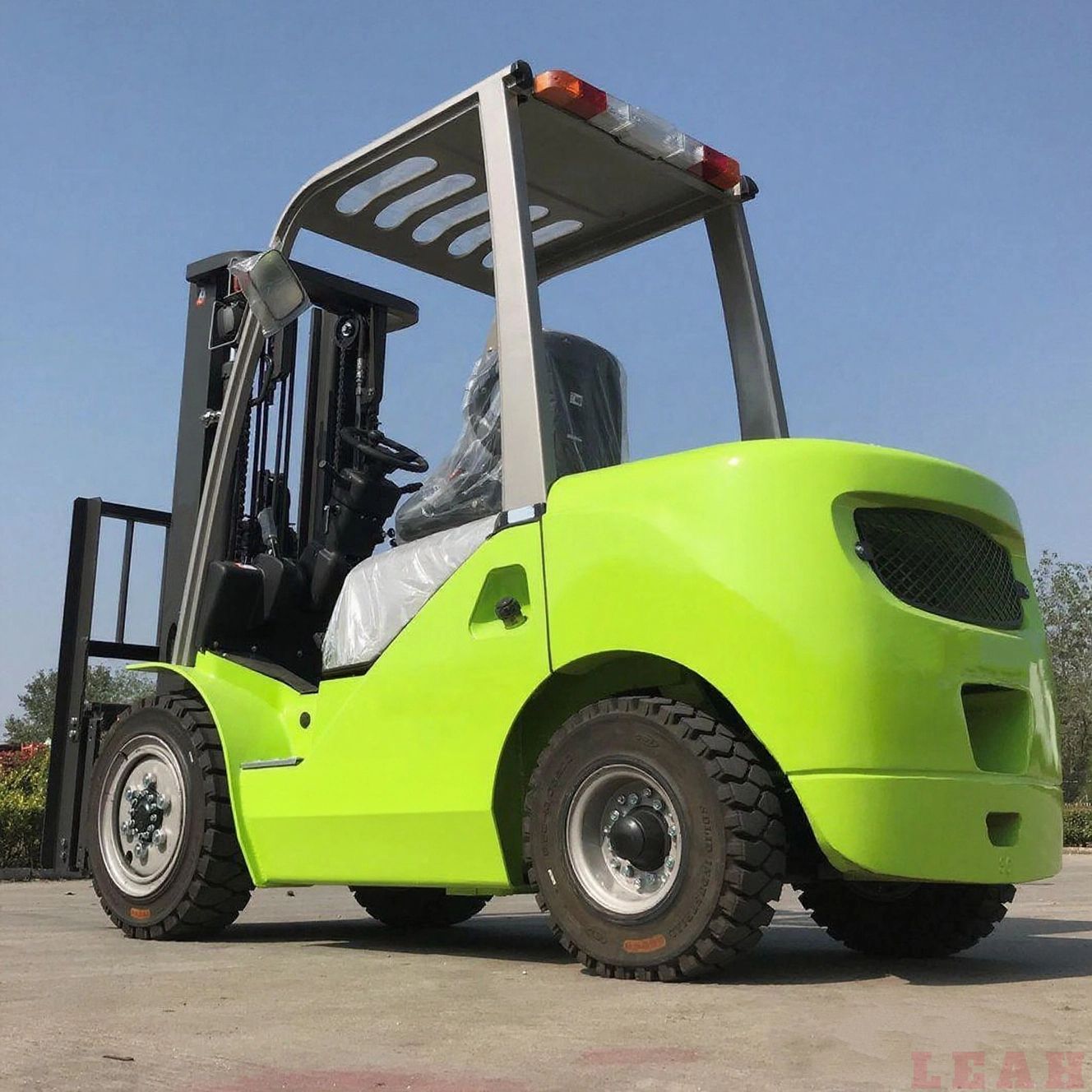Common Faults of Electric Forklifts
As a commonly used handling equipment in industrial logistics, the faults of electric forklifts are mostly concentrated in four core modules: power system, driving system, hydraulic system, and electrical control system. Understanding the phenomena, causes, and troubleshooting methods of common faults can effectively shorten downtime and reduce maintenance costs. The following classifies by system and details the typical faults of electric forklifts and corresponding solutions:
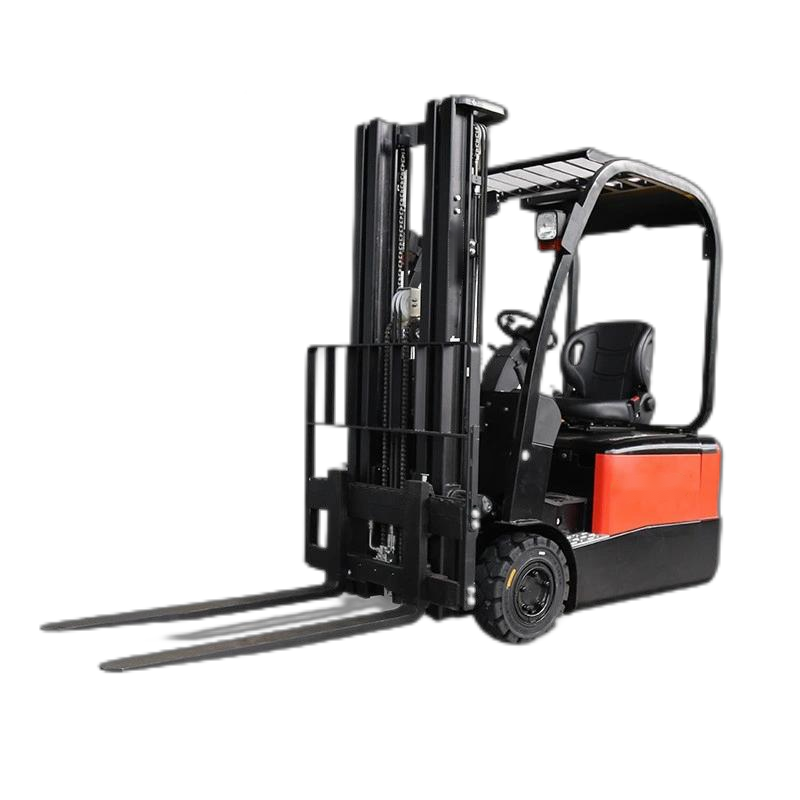
I. Power System Faults (Core: Battery and Charger)
The power system is the "heart" of an electric forklift. Faults in this system directly cause the forklift to fail to start or result in a sharp drop in battery life, accounting for approximately 40% of all faults.
| Fault Phenomenon | Common Causes | Troubleshooting and Solutions |
|---|---|---|
| The forklift fails to start, and the instrument panel has no display | 1. The battery is dead, or the terminal is loose/oxidized; 2. The main battery switch is not turned on or is damaged; 3. The charger is not disconnected (some models have a "no start during charging" protection function) | 1. Check the battery power (via the power indicator on the instrument panel), tighten the terminals, and clean oxides (using sandpaper for polishing); 2. Confirm that the main switch is in the "ON" position and test the on-off performance of the switch; 3. Unplug the charger and try again. |
| Significant reduction in battery life | 1. Battery aging (over 800 charge-discharge cycles, resulting in capacity degradation); 2. Damage to individual battery cells (electrolyte leakage, plate sulfation); 3. Insufficient charging (charger failure, insufficient charging time) | 1. Use a multimeter to measure the total battery voltage (the standard voltage is 2V per cell × N cells; for example, a 48V battery has 24 cells). If the voltage is more than 10% lower than the rated value, check individual cells; 2. Open the battery cover and check the electrolyte level (it should be 10-15mm above the plates). If there is leakage or dryness, add distilled water (not tap water); 3. Replace with a charger of the same model for testing and ensure sufficient charging time (about 8-10 hours for lead-acid batteries and 1.5-3 hours for lithium batteries). |
| Charger reports an error (red light flashes) during charging | 1. Mismatch between the charger and battery models; 2. Poor contact of the charging plug/socket; 3. Internal short circuit of the battery (abnormal voltage caused by a short circuit in individual cells) | 1. Confirm that the rated voltage of the charger (e.g., a 48V charger matches a 48V battery) is compatible with the battery; 2. Check if the plug pins are bent or oxidized, and replace the socket for testing; 3. Use an internal resistance meter to measure the internal resistance of individual battery cells. If a cell is short-circuited, replace the battery pack. |
II. Driving System Faults (Core: Motor, Controller, Drive Wheel)
Faults in the driving system affect the forklift's mobility, with common manifestations including "failure to move, unstable movement, and abnormal noise".
1. The forklift fails to move (no response when the accelerator pedal is pressed after startup)
- Cause 1: Drive motor failure
Phenomenon: The motor makes no rotating sound, or makes a "buzzing" abnormal noise but does not rotate.
Troubleshooting: Use a multimeter to measure the voltage at the motor terminals (the rated voltage, such as 48V, should be output when accelerating). If there is voltage but the motor does not rotate, the motor's carbon brushes (for DC motors) may be worn or the windings may be burned out. If there is no voltage, check the controller. - Cause 2: Travel controller failure
Phenomenon: The instrument panel displays normally, but no signal is output when accelerating.
Troubleshooting: Check the connection line between the controller and the accelerator pedal (to see if it is loose or broken). If the line is normal, use a diagnostic tool to read the controller fault codes (such as overcurrent and overvoltage protection). In most cases, the controller needs to be replaced. - Cause 3: Accelerator pedal failure
Phenomenon: There is no stroke feedback after the pedal is pressed, or the signal is abnormal.
Troubleshooting: Use a multimeter to measure the output voltage of the pedal (0V when not pressed, about 5V when fully pressed, with a linear change). If the voltage does not change, replace the pedal.
2. Deviation during driving (inability to keep moving straight)
- Common Causes:
- Uneven air pressure in the left and right drive tires (inflate to the standard value, usually 6-8 bar);
- Insufficient power of one drive motor (e.g., uneven wear of carbon brushes, difference in motor speed);
- Loose steering rod or deformed steering knuckle (tighten the steering rod bolts and check the clearance of the steering mechanism).
3. Abnormal noise during driving (e.g., "screeching friction sound", "clunking sound")
- Cause 1: Worn drive wheel bearings
Phenomenon: The abnormal noise intensifies as the speed increases, and obvious vibration is felt when touching the rim.
Solution: Remove the drive wheel and replace the bearing (lubricating grease should be applied). - Cause 2: Lack of oil in the motor gearbox or worn gears
Phenomenon: The abnormal noise comes from the motor, accompanied by slight vibration.
Solution: Check the oil level of the gearbox (add gear oil if insufficient). If the oil is black and contains iron filings, disassemble the gearbox and replace the worn gears.
III. Hydraulic System Faults (Core: Oil Pump, Oil Cylinder, Hydraulic Valve)
The hydraulic system is responsible for the "lifting, lowering, tilting forward, and tilting backward" of the forklift. Faults in this system directly affect the loading and unloading functions.
1. The fork cannot be lifted or lifts slowly
- Cause 1: Hydraulic oil pump failure
Phenomenon: After starting the hydraulic motor, there is no "buzzing" oil pumping sound, or the oil flow sound is weak.
Troubleshooting: Measure the voltage of the hydraulic motor (it should be consistent with the rated battery voltage). If there is voltage but the pump does not work, the oil pump may be stuck or the motor may be burned out. If the pump works but the lifting is slow, check if the oil inlet of the oil pump is blocked (due to a dirty filter element). - Cause 2: Insufficient or contaminated hydraulic oil
Phenomenon: The oil level is below the tank scale line, or the oil is turbid and contains impurities.
Solution: Add hydraulic oil that meets the standard (usually L-HM46 anti-wear hydraulic oil) and replace the hydraulic oil filter element (it is recommended to replace it every 2000 hours). - Cause 3: Relief valve failure (insufficient pressure)
Phenomenon: The fork "builds up pressure" when lifting but cannot reach the rated lifting height.
Troubleshooting: Use a pressure gauge to measure the hydraulic system pressure (the rated pressure is usually 16-20 MPa). If the pressure is lower than the standard, adjust the relief valve pressure. If the adjustment is ineffective, replace the relief valve.
2. The fork descends too fast (uncontrolled sliding)
- Core Cause: Failure of the descending speed control valve (one-way throttle valve) or wear and leakage of the oil cylinder seal ring.
- Speed control valve failure: Unable to control the oil return speed; disassemble and clean the valve core, or replace the valve.
- Oil cylinder leakage: Check if there is oil on the outer wall of the oil cylinder. If there is oil leakage, replace the oil cylinder piston seal ring (commonly known as "oil seal").
3. Failure of forward/backward tilting function
- Common Causes:
- Loose wiring of the forward/backward tilting oil cylinder (check the connection line between the hydraulic valve and the operating handle);
- Failure of the hydraulic solenoid valve in the corresponding direction (no suction sound when energized; replace the solenoid valve);
- Bent piston rod of the oil cylinder (caused by impact; correct or replace the oil cylinder).
IV. Electrical Control System Faults (Core: Instrument Panel, Sensor, Circuit)
The electrical control system is the "brain" of the forklift, responsible for signal transmission and fault early warning. Faults in this system are mostly manifested as "abnormal display and functional failure".
1. Abnormal display of the instrument panel (e.g., garbled characters, black screen, indicator light always on)
- Cause 1: Instrument panel power supply failure
Troubleshooting: Measure the voltage of the instrument panel power line (it should be the battery voltage). If the voltage is 0, check the fuse (the dedicated fuse for the instrument panel, usually in the fuse box). If the fuse is blown, replace it with a fuse of the same specification (e.g., 10A). - Cause 2: Damage to the internal circuit of the instrument panel
Phenomenon: The power supply is normal, but the display shows garbled characters or a black screen. This is mostly due to a fault in the instrument panel main board, and the instrument panel assembly needs to be replaced.
2. Activation of safety protection function (forklift fails to start or move)
Electric forklifts are equipped with multiple safety protection functions, which will lock the functions when triggered. Common scenarios are as follows:
- Parking brake not released: When the handbrake is pulled up, the forklift cannot move; lower the handbrake (some models have a handbrake indicator light, which stays on when not released).
- Seat switch failure: The forklift cannot start when the driver is not seated (there is a pressure switch under the seat; if the contact is poor, clean or replace it).
- Mast backward tilting limit switch: The forklift cannot move when the mast does not return to the backward tilting limit position (check if the limit switch is stuck by foreign objects or if the circuit is disconnected).
V. General Principles of Fault Troubleshooting (Reducing Misjudgment Rate)
- From simple to complex: Prioritize checking "easy-to-operate and low-cost" parts (such as terminals, fuses, oil level, and tire pressure), then troubleshoot core components such as the motor and controller.
- Electrical first, then hydraulic: The hydraulic and driving functions of electric forklifts rely on electrical signals. If a function fails, first confirm that the electrical system (voltage, circuit, switch) is normal, then check the mechanical parts.
- Record fault codes: Modern forklifts (such as those from Toyota, Jungheinrich, and Heli) are equipped with diagnostic interfaces. Use a dedicated diagnostic tool to read fault codes (e.g., "E01 motor overcurrent", "E12 battery undervoltage") to quickly locate the problem.
- Avoid live operation: When troubleshooting the battery, motor, and controller, disconnect the main switch to prevent short circuits and electric shocks.
The above classification covers more than 80% of the common faults of electric forklifts. In daily use, it is recommended to establish a "regular maintenance checklist" (e.g., check the battery electrolyte level, tire pressure, and hydraulic oil level daily, and replace the filter element every 500 hours), which can significantly reduce the incidence of faults. If a fault involves core components (such as the controller and motor), it is recommended to contact professional maintenance personnel to avoid secondary damage caused by self-disassembly.





